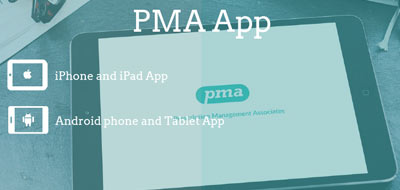Data Governance
Data governance refers to the policies and processes used to ensure the integrity, quality, and security of data. It is a close relative of data stewardship and encompasses the guidelines around policy enforcement, overall responsibility, and governance authority. In short, data governance establishes an organization’s data laws and how, when, and by whom they are enforced.
Data Integration
Enterprise data integration means moving and consolidating a business’s varied data into one, accessible place. This is a key component to making all the disparate data forms accessible and useable for the company. There are several different types of data integration, including virtualization, propagation, federation, and consolidation. Other methods include things like cloud integrations.
Master Data Management
Data integration methods are used in Master Data Management (MDM) and there can be some confusion involving these terminologies. MDM refers to tools or applications used as part of an enterprise data management strategy to help create master versions of data and provide a consistent view of scattered data. To generalize, the difference is that data integration is about the movement and consolidation of data and making it accessible, while MDM is about reconciling a business’s data from varied sources and making it useable.
Data Security
Security is an integral part of any data-related strategy. Data security often refers to the measures in place to ensure data is protected at all points of its lifecycle, including data at rest and data in transit. This protection not only refers to anti-theft and anti-leaking measures, but also to efforts that maintain data integrity and prevent corruption or destruction.













